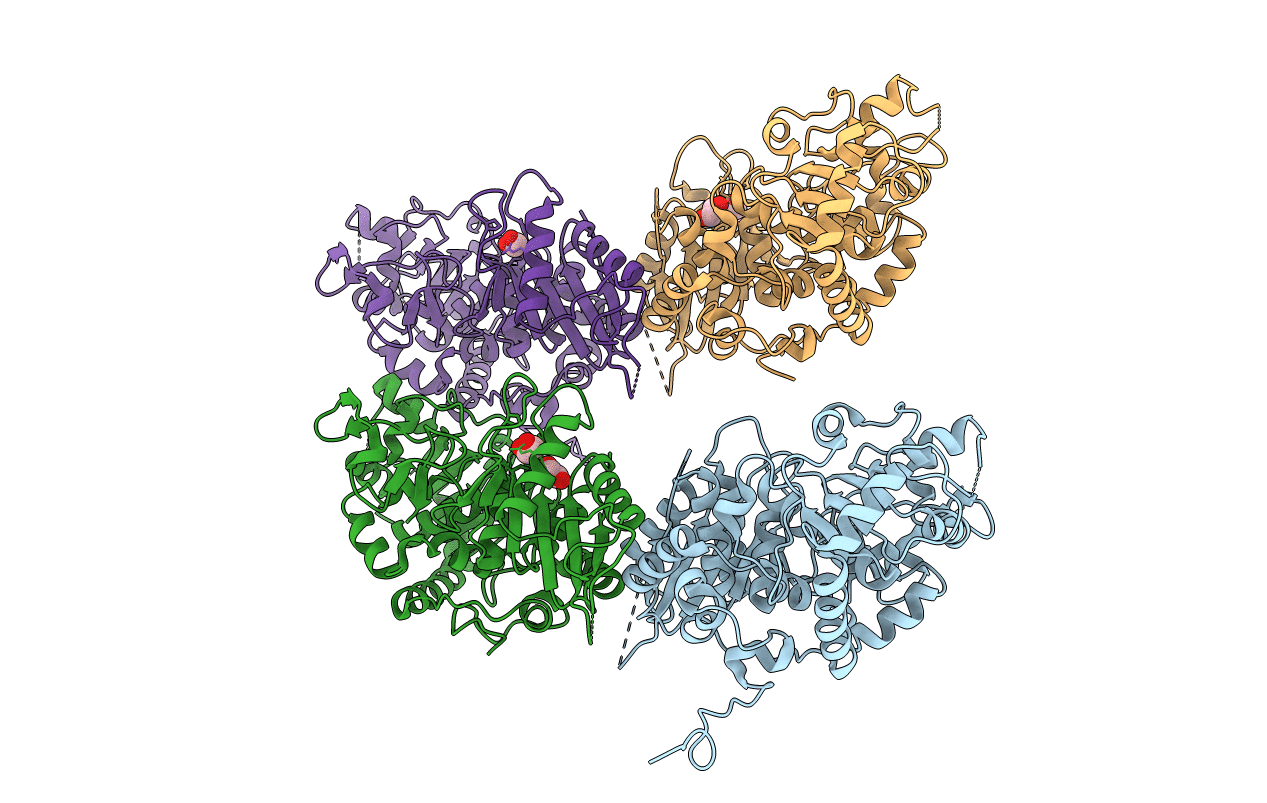
Deposition Date
2016-07-01
Release Date
2016-10-12
Last Version Date
2024-11-20
Entry Detail
PDB ID:
5KOP
Keywords:
Title:
Arabidopsis thaliana fucosyltransferase 1 (FUT1) in its apo-form
Biological Source:
Source Organism:
Arabidopsis thaliana (Taxon ID: 3702)
Host Organism:
Method Details:
Experimental Method:
Resolution:
2.10 Å
R-Value Free:
0.21
R-Value Work:
0.17
R-Value Observed:
0.17
Space Group:
P 1 21 1


